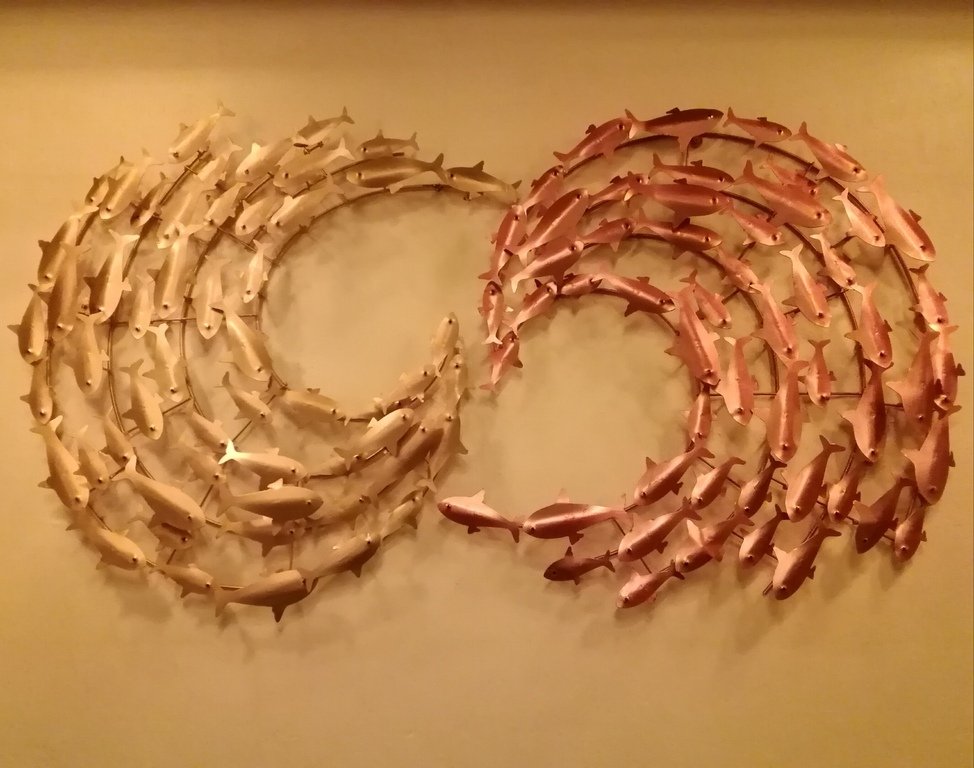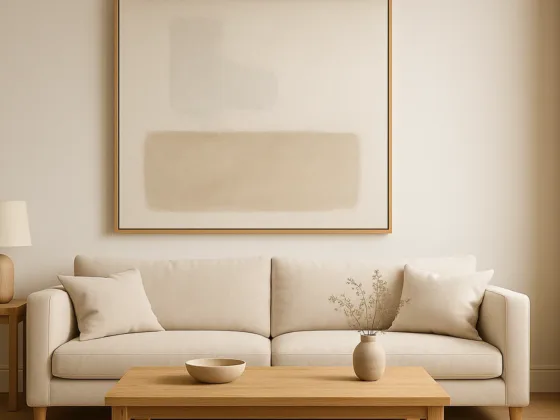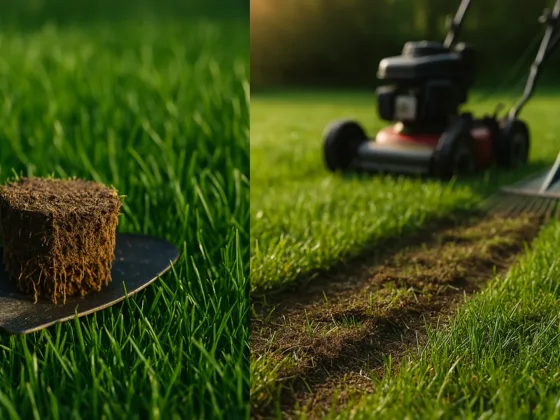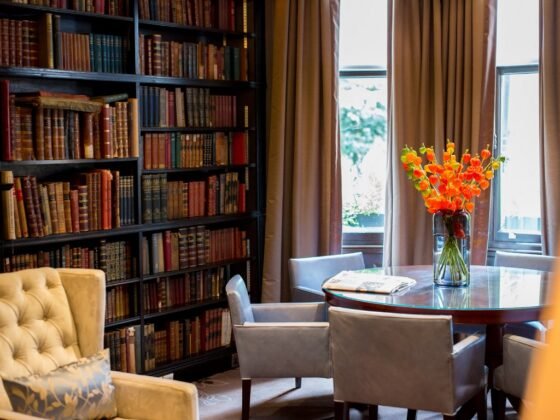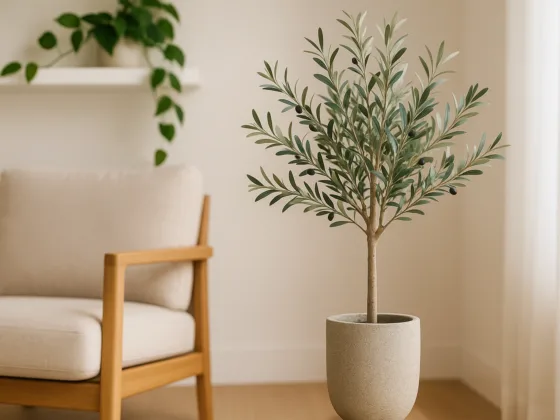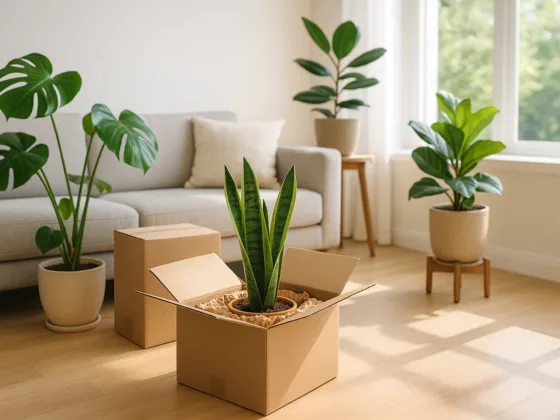Table of Contents Show
Your home’s floor is the base upon which the rest of the home’s look is built. When you change the floor, the home’s character changes. This is one of the reasons why new floors are on many homes’ restoration lists.
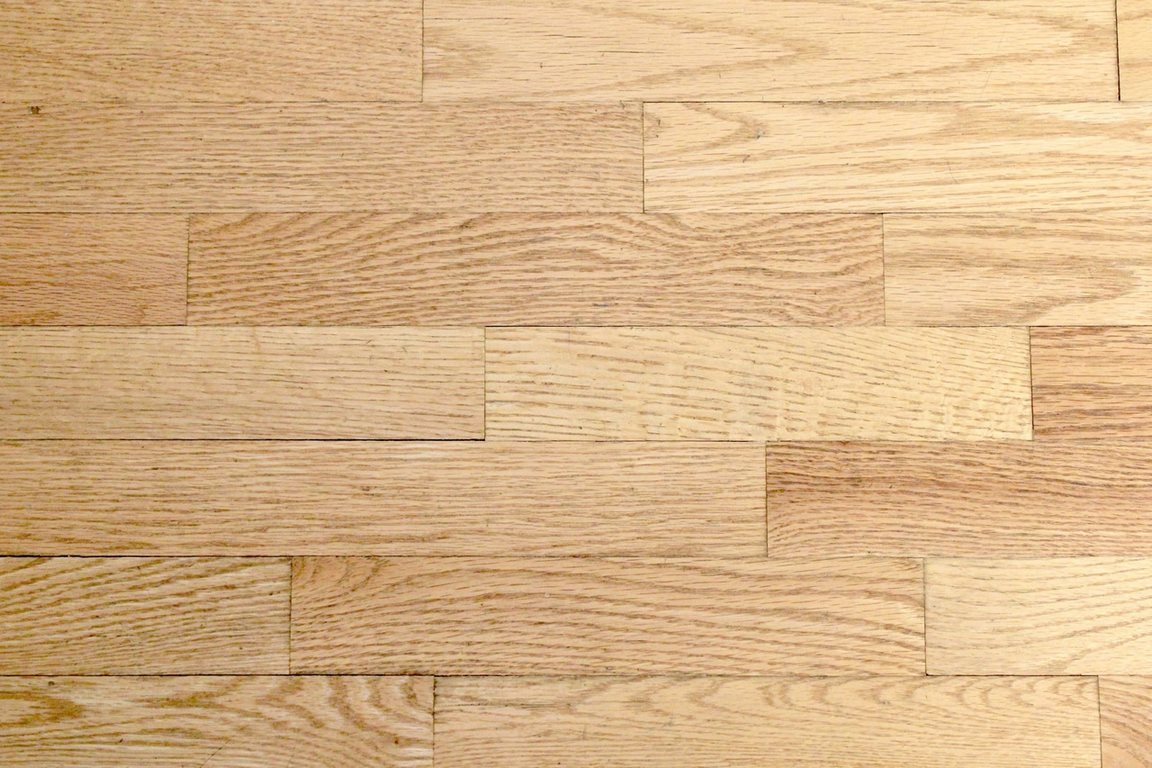
Hardwood floors are particularly appealing due to how good they look and how long they last. However, not all hardwood floors are appropriate or appealing for all spaces.
There are a few key considerations you need to keep in mind to ensure you get the best hardwood floor for your home and the environment it exists in.
Wood Species and Color
Browsing various types of flooring and wood samples to find the best type of wood with the best color for your home is very enjoyable. You get to exercise your personal preferences, and this is also the time when the vision you have for the home starts crystallizing.
White oak is a very popular option because it is widely available, durable, and a classic choice. Additionally, this type of wood stains well, which means it can be customized to fit different aesthetics, from ebony to bleached off-white.
Hickory is another popular choice that has lots of color variations. Walnut is arguably the best option for those looking for a richer and darker brown color. Birch and maple are great for those who prefer blond colors.
As for staining, many people are choosing a subtle stain that leaves the wood with most of its character. If you are having a hard time choosing a wood species and color, consider other wood elements in the home.
For example, you might want to choose the same type of wood used in your cabinets or furniture for a uniform look.
Read Also:
Grain and Character
The grain pattern is affected most by how the wood is cut – the way the logs are sawn as they are turned into boards. Plain-sawn or flat-sawn boards have wavy grains.
Such cuts produce what are known as cathedral arches where there are arch-shaped grain lines and patterns on the board. These pointed arches nest inside one another to produce this interesting pattern.
Quarter-sawn boards have patterns known as tiger stripes that a lot of people like. If you want straight and clean grain, you want your flooring supplier to ensure the boards are rift-sawn. If you do not care about the grain pattern, you can order live-sawn boards that have different kinds of patterns.
The most popular option is a mix of rift-sawn and quarter-sawn boards which produce intricate grain patterns. Flat-sawn boards, on the other hand, produce a warm appearance.
Apart from the grain, you may choose other features such as distinguishing marks and knots you want on the board. Flooring specialists call this character, and there are different knot sizes to pick from depending on what you need.
If you want even more character, you can select reclaimed wood which comes with all manner of blade marks, nail holes, and cracks.
Site-finished and Prefinished Options
The boards can be finished beforehand with their topcoat and final colors already applied or they can be stained and finished after they have been installed. Prefinished boards, the first option, can be installed quickly.
Site-finished floors take longer to install because there is a lot of work to do at the site. Additionally, you will have to leave the home due to the dust created when sanding and for the staining and finishing process to be complete without disturbance.
Prefinished hardwood flooring has a very consistent look because it is created in a factory. It is also very difficult for these looks and finishes to be replicated on-site because they are done by machines at factories.
Also, note that prefinished boards have small gaps between them because of their beveled edges while site-finished boards do not. Since they are sanded and finished again after installation, prefinished hardwood floorboards also look like a single large piece instead of many boards joined together.
Choosing the Finish
Clear polyurethane is the most popular type of finishing today. Polyurethane is applied to the top of the floor, and it helps protect it from staining, wear, and moisture. Water-based polyurethane finishes have also become very popular with the final look ranging from glossy to matte.
The one downside of polyurethane, even though it lasts for a long time, is that it is difficult to repair. You might need to call specialists to refinish a whole board or floor in case of damage.
Another popular option is oil-based finishes. The oil penetrates the wood thereby making it look richer. Oil does not leave any spot on the wood meaning repairs are relatively easy. Oil will dry over time which means you have to do regular repairs to restore it. You can do this by applying more oil.
About Repairs and Restoration
The floor and finish you end up with will ultimately dictate how susceptible it is to damage and therefore how regularly you need it repaired or restored. Hardwood floors are very forgiving because they can be repaired or restored relatively easily if they are damaged or worn.
To ensure this is done right, you should hire hardwood flooring repair & restoration specialists to bring the floor back to life and give it some of the luster it might have lost.
They will also advise you on whether you need to repair or replace the floor, although in many cases simple repairs and restorations are much better and cheaper than whole replacements.
Width and Installation
These days, most hardwood floor plans start at five inches wide. Some companies will cut up to 20 inches wide, but you have to pay more for these wider boards.
While wider boards can look better, they are a lot more fragile and thus more difficult to deal with during installation. Wider boards are also more susceptible to warping and cupping. There are numerous installation patterns, and the flooring company will show you a few you can choose from.
Choosing a hardwood floor is not as simple as picking the boards and getting them installed. There are a lot of things you need to think about including installation, wood types, maintenance, and more.

